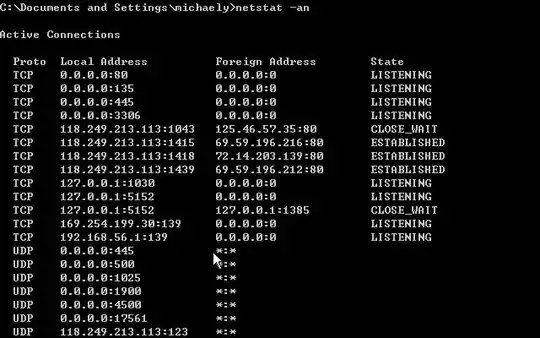Lee B's answer is right on, but here's some relevant RFCs in case you're interested.
0.0.0.0:
From RFC1122, Section 3.1.2.3:
We now summarize the important special cases for Class A, B,
and C IP addresses, using the following notation for an IP
address:
{ <Network-number>, <Host-number> }
or
{ <Network-number>, <Subnet-number>, <Host-number> }
...
(a) { 0, 0 }
This host on this network. MUST NOT be sent, except as
a source address as part of an initialization procedure
by which the host learns its own IP address.
Just that, "this host on this network"... as Lee B's answer states this translates to all available IP addresses on your host. Hosting a service on 0.0.0.0 will automatically host that service on every addressable interface.
127.0.0.1:
From RFC5735:
127.0.0.0/8 - This block is assigned for use as the Internet host loopback address. A datagram sent by a higher-level protocol to an address anywhere within this block loops back inside the host. This is ordinarily implemented using only 127.0.0.1/32 for loopback. As described in [RFC1122], Section 3.2.1.3, addresses within the entire 127.0.0.0/8 block do not legitimately appear on any network anywhere.
The difference between 0.0.0.0 and the loopback address 127.0.0.1 is that the loopback address is designed to allow a fully functioning IP interface within the host itself, regardless of what the rest of the networking setup, if any, looks like. Any traffic sent to the loopback device is immediately received on it. It's not so much that the loopback network "refers" to your own host... it's more of like you have a mini network segment in your host that devices, processes and sockets and can open and connect to.
